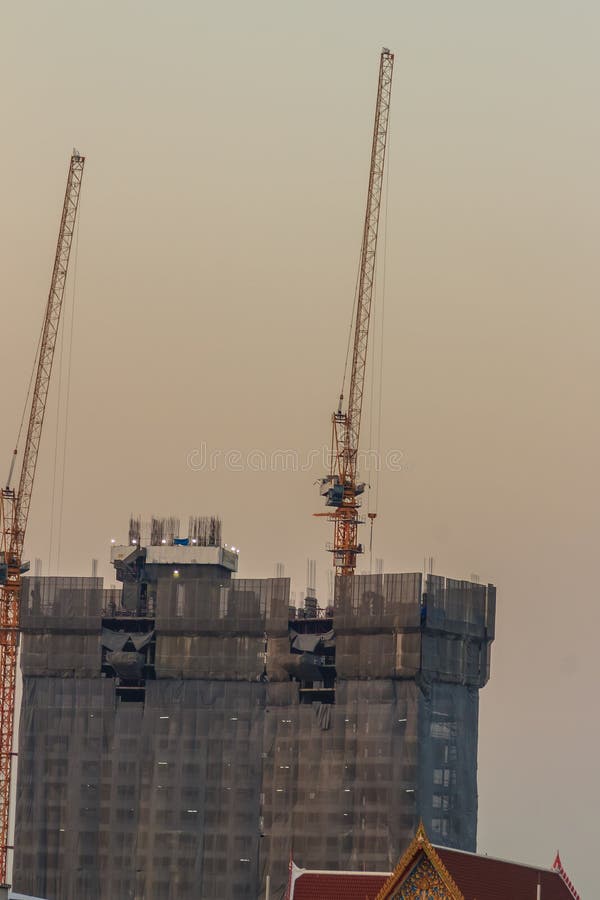
As a result, a number of luffing jib cranes have been, or are about to be, launched onto the market.

In Europe, restrictions on where traditional hammerhead and flat-top tower cranes can be used – to avoid overflying residential areas or schools, for example – have made the luffer an attractive alternative to other types of tower crane. Le Besnerais noted that there has been an increase in the popularity of luffing jib tower cranes around the world. Being electric, operating costs are low and there’s less to go wrong, so maintenance costs are low, too.” Thibaut Le Besnerais, director of global top slewing cranes at crane manufacturer Manitowoc, said, “For longer jobs where you need to build high and have a crane that provides reasonably big coverage, then a tower crane provides the most cost-effective solution. This means that buildings themselves are on the up, as space restrictions force cities to climb skyward, which is good news for tower cranes.įrom self-erectors and flat-tops to low-tops and luffers, the versatility – not to mention cost-effectiveness – of tower cranes makes them a popular choice for contractors. Tower cranes are coming into their own as urbanisation becomes one of the most salient trends of our time.Īccording to the United Nations department for economic and social affairs, the global population is projected to reach 9.8 billion by 2050.Īt the same time, the proportion of people living in cities is also on the rise, with 66% of the world population expected to be living in urban areas by the same year.

Recom said its new RTL 315 luffing jib tower crane could reach greater free-standing heights due to the use of high-tensile steel and secure bolt connections


 0 kommentar(er)
0 kommentar(er)
